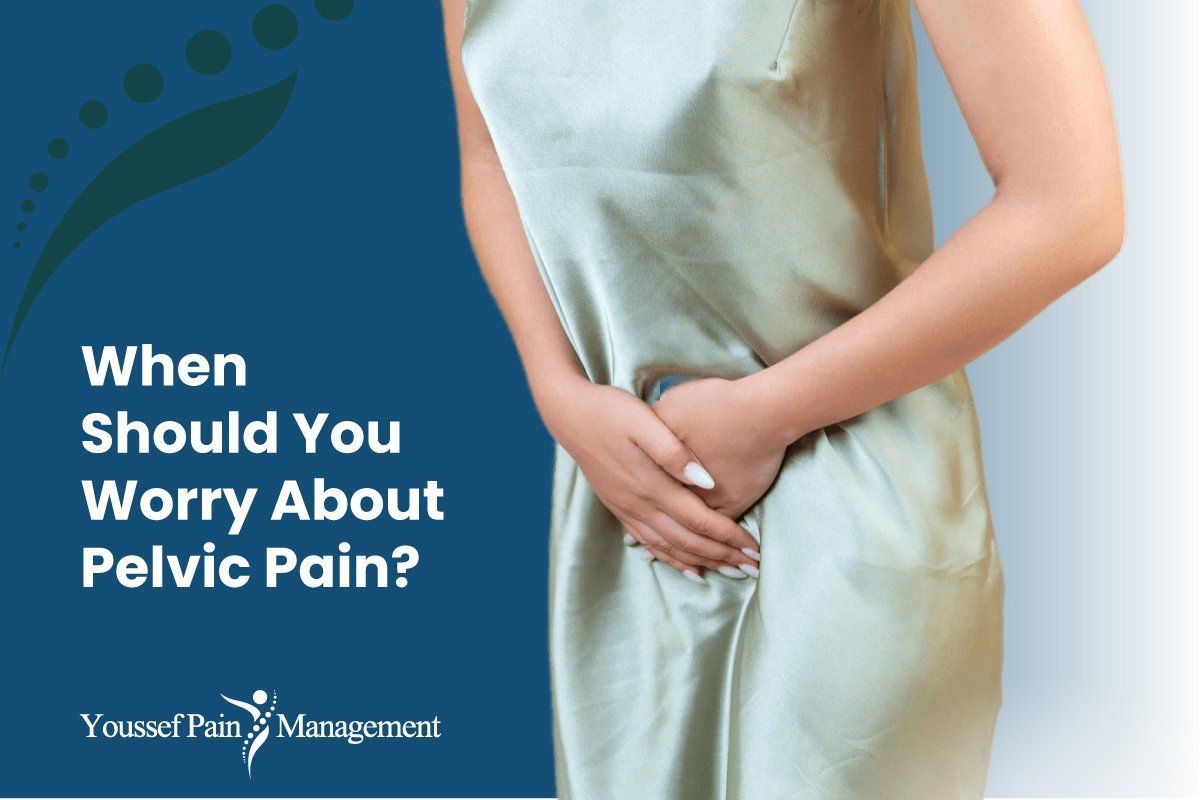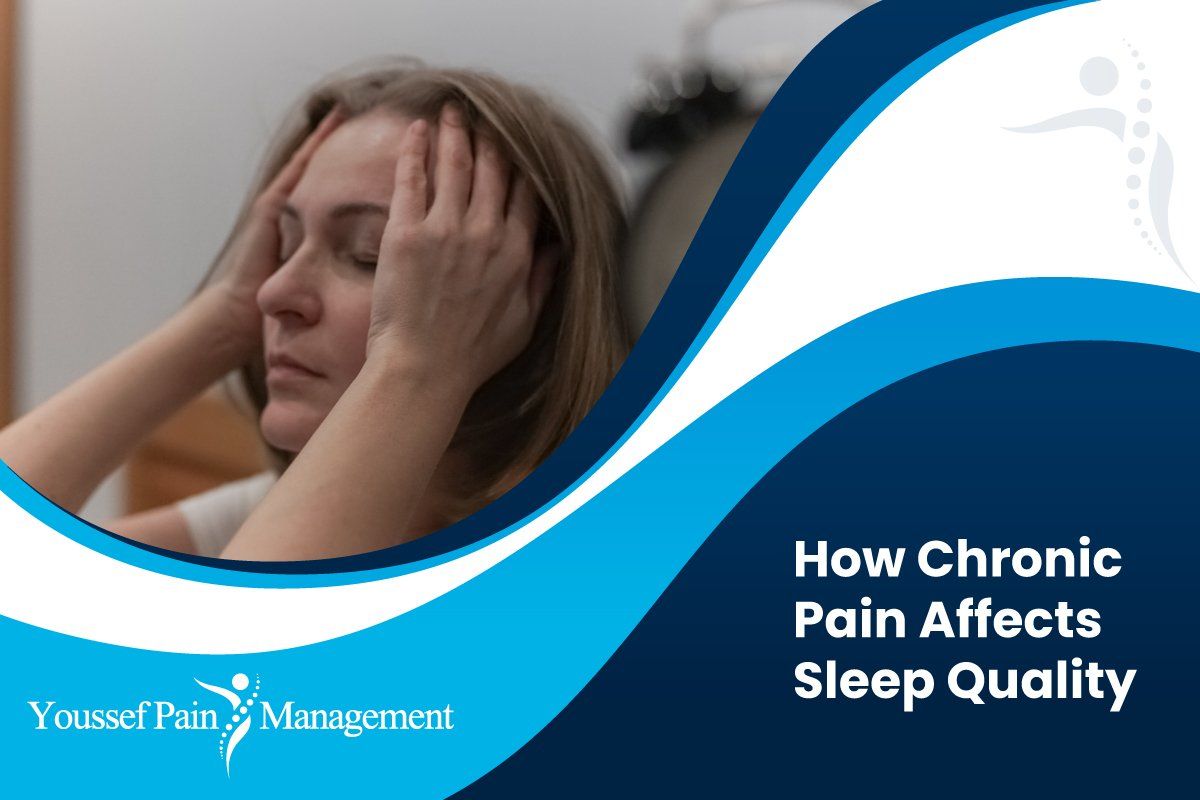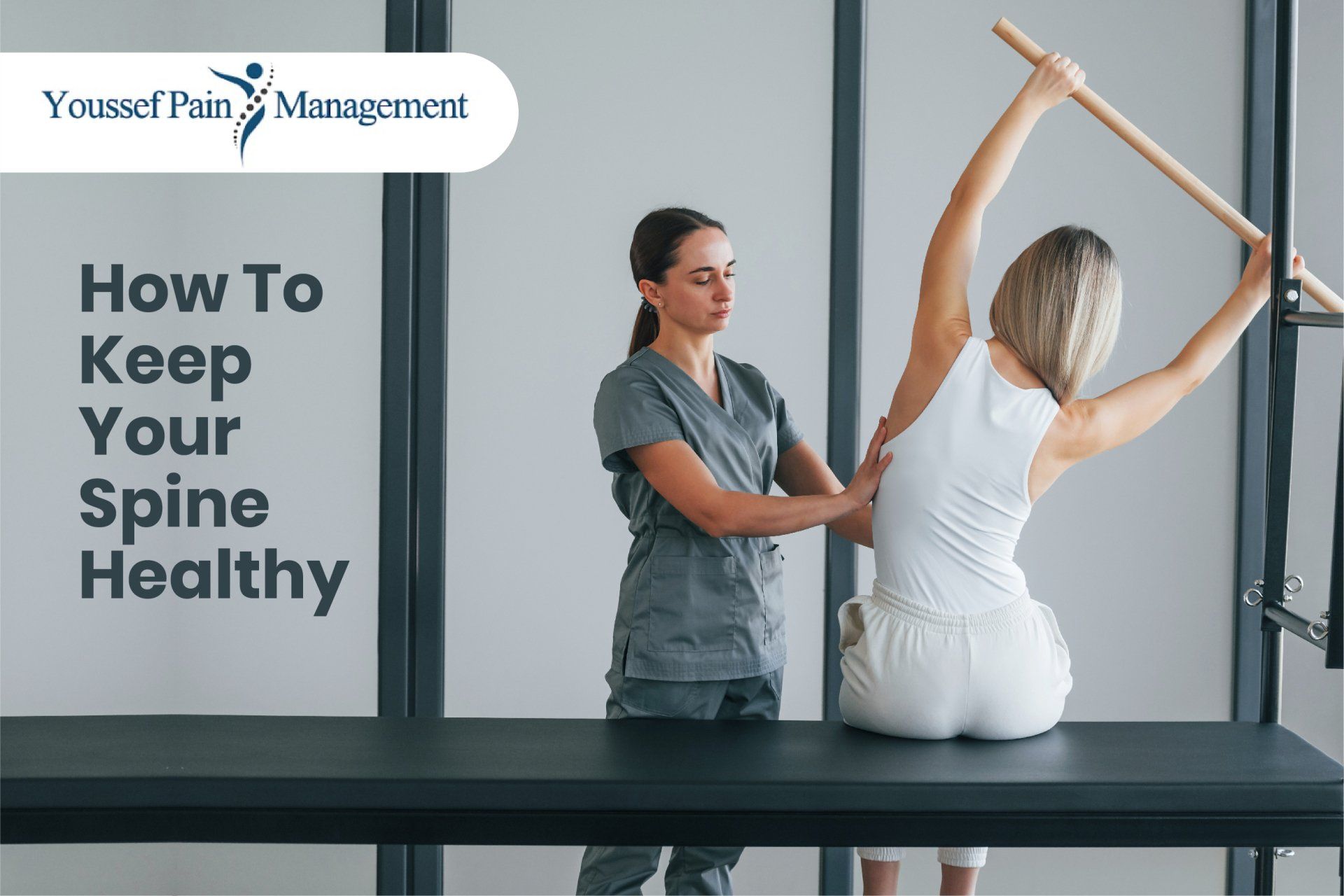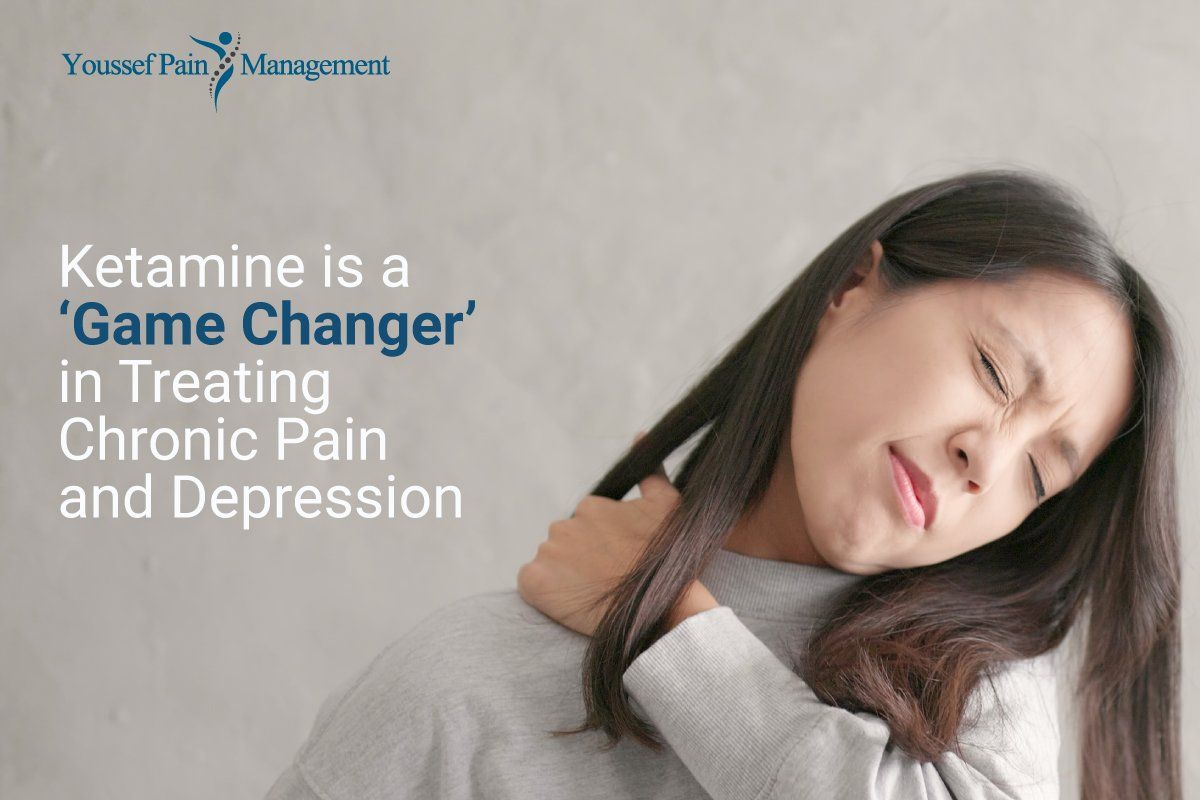What is Spondylolisthesis - 5 Important Facts To Know
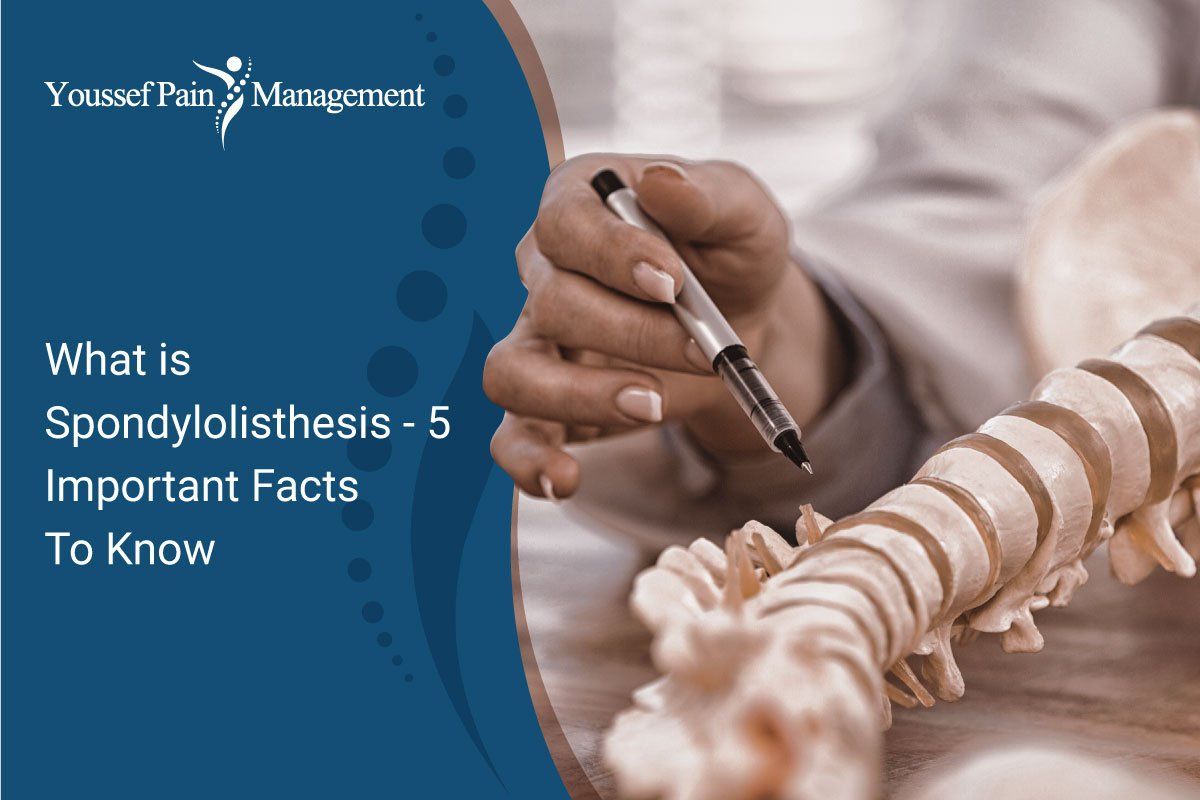
Overview
The stability of the spine is the basic rule for normal biomechanical function. Instability may cause pain, hinder day-to-day movements, and lead to early deterioration.
Repeated microfractures of the spine often cause spondylolisthesis, most frequently associated with activities involving repeated lumbar extensions. Intermittent and localized low back pain is a common symptom among children and adolescents. This may be bothersome to some people. Pain becomes unbearable when there is impingement of a nerve between vertebrae. If this happens, pain can radiate to the thighs and legs.
Yet, in most cases, this happens without symptoms, only revealed upon routine check-ups. Understanding this condition may help you determine its cause, its symptoms, and how it is managed. So, if you want to learn more exciting facts about spondylolisthesis, let's jump right in.
5 Important Facts To Know About Spondylolisthesis
1. Spondylolisthesis Frequently Occurs Among Children and Adolescents.
The prevalence of spondylolisthesis is approximately 5% at the age of 5-7 years, with an increase of 6-8% by age 18. Symptoms usually arise during a child's growth spurt.
Children and teens who participate in sports where repeated lumbar extension occurs can cause the development of spondylolisthesis. Combined with their growth spurts, this can further increase their risks. Gymnastics and football are considered high-risk sports contributing to spondylolisthesis development.
Spondylolisthesis is an unlikely cause of back pain in adults over 40 years of age without any history of symptoms before age 30. It should be ruled out in these cases.
2. There Are Several Types of Spondylolisthesis.
It is essential to know the type of spondylolisthesis that you have. This determines the proper treatment plan to be given. These include:
- Congenital spondylolisthesis: a condition that occurs in children where the vertebrae in their spinal column do not develop properly. This can potentially lead to slippage.
- Isthmic spondylolisthesis: happens due to a crack or fracture in the spine, weakening the bone and causing further damage to the vertebrae.
- Degenerative spondylolisthesis: a natural process that occurs with age. Water is lost inside the disk, rendering its cushioning property ineffective. This makes it more likely to slip out of place.
3. The Lumbar Region Is Most Commonly Affected.
Spondylolisthesis most commonly occurs at the lumbar vertebrae or lower back. The lumbar vertebrae provide stability for your back and spinal column and allow for a point of attachment for many muscles and ligaments. It also supports most of your body's weight, considered the most load-bearing. It's also the center of your body's balance.
Having these essential functions makes it prone to many conditions, including spondylolisthesis. Commonly, slippage occurs between the 4th and 5th lumbar vertebrae.
4. Conservative Approach Is the First Approach to Spondylolisthesis.
Symptoms that arise due to spondylolisthesis can be alleviated using conservative treatments. Such treatments are often successful in relieving pain symptoms in mild cases of spondylolisthesis. You can consider one of these conventional treatment options:
- Bed Rest: Take a break from strenuous activities and sports.
- Medication: Over-the-counter nonsteroidal anti-inflammatory drugs (NSAIDs) are effective drugs that can offer relief.
- Physical therapy: the goal of physical therapy is to decrease stress on the lumbar spine due to extension and strengthen your abdomen via targeted exercises. Flexibility exercises are also important.
- Bracing: A brace can help limit movement and also stabilize your spine. A brace allows for microfractures to heal and is generally worn for three to six months and can be worn during activity.
Surgery is only performed if necessary, especially if it meets the following criteria:
- If neurological deficits start to appear.
- If pain has persisted for more than 6-12 months that has not been relieved with rest and immobilization.
5. A Healthy Lifestyle Helps Prevent Spondylolisthesis
Prevention is better than cure. A healthy lifestyle helps improve spine stability and prevent spondylolisthesis. Maintaining proper weight not only reduces the stress on your lumbar spine but also enhances your overall health.
Strengthening exercises helps to increase muscle tone, especially the abdominal and back muscles. It will help to stabilize the spine and make it easier to maintain the correct posture and perform daily activities.
A healthy spine also needs nutritious food to maintain its posture, strength, and overall bone health. Here are some foods that benefit your spine health:
- Green leafy vegetables contain vitamins, magnesium, iron, and calcium. These nutrients are essential for bone growth and neurological health. They are also abundant in antioxidants that can boost your immunity and are ideal for patients who are recovering from a spinal injury.
- Fruits are good sources of vitamin C and antioxidants that protect your body from free radicals and toxins. This helps to prevent damage to your muscles and joints.
- Dairy products are rich sources of calcium and vitamin D to build and maintain healthy bones. The daily dose of calcium is achieved with a glass of milk, helping you keep your bones healthy, reduce osteoporosis symptoms, and protect against nerve injuries.
- Salmon is an excellent source of lean protein and omega-3 fatty acids, which support bone and tissue health and reduce inflammation.
Spondylolisthesis doesn't have to ruin your life.
Spondylolisthesis can be a painful condition. In extreme cases, it can limit your ability to spend quality time with your family. Our
pain specialists offer proven and effective
pain management techniques to help you achieve the best life you deserve. We specialize in medication pain management based on your personal needs.
Join our satisfied patients today and be the best you can be at all times. Schedule an appointment by dialing 909-392-9480 or visit us today!
Allergy , Asthma and Sinus Center | All Rights Reserved.

